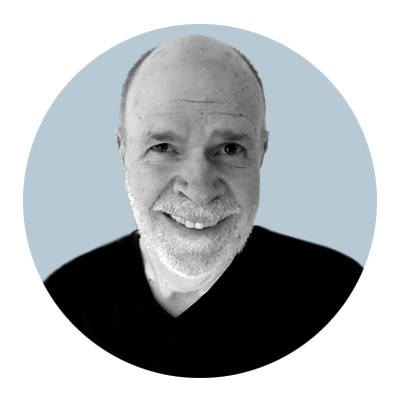Category: Theory and Practice
The Science is In: The healthiest neighborhoods are both walkable and green
Most of us, most of the time, don’t make much connection between place – the neighborhoods where we live, work, and play – and our health. Not unless we’re thinking of such obvious local health concerns as an outbreak of infectious disease in the community, serious levels of pollution or toxicity nearby, or... Continue Reading



Moving Beyond “Smart Growth” to a More Holistic City Agenda
Originally published almost four years ago and every bit as relevant today.
I have spent most of the last twenty years working on an agenda grounded in, for lack of a better phrase, “smart growth.” That agenda basically holds that our regions must replace suburban sprawl with more compact forms of growth and... Continue Reading



The Sidewalk to Hell is Paved with Good Intentions
Sometimes all the right people seem to be at the table, all singing from similar hymnals, and all seemingly focused on transcending growth-as-usual and yet, still, the results fall flat.
Today we look at one of those times.
The scenario
Imagine this:
A site area that retailers describe as a “100% corner.”... Continue Reading
Tags mixed-use, Scott Doyon



Storytelling Part II: Getting to Getting Things Done
First a review:
In a post last month, I made a pitch for organizing community storytelling around getting stuff done. I acknowledged how hard it is to do that in the current political environment, which is increasingly an arena of competing tribal identities and mutually exclusive convictions:
A community that has... Continue Reading
Category Community Development, Planning and Design, Public Engagement, Public Policy, Theory and Practice
Tags Ben Brown, storytelling



Plotting a Persuasive Story? Better have a happily ever after
On my PlaceMakers business card, my job title is “Storyteller.” I figured a graduate degree in English and a two-decade career in journalism gave me a certain amount of credibility in that department. What I didn’t count on, however, was what the title seemed to imply to most folks. To them, I was the spin doctor.
“We’ve... Continue Reading



Good Side of the Downside: The end is (only) near
Chuck Marohn needs a hug.
That was my first thought reading this in his July 17 Strong Towns post :
Let me be clear about what I actually imagine is in store for us. I look at America's cities, towns and neighborhoods and I see overwhelming levels of fragility. I see a development pattern that destroys wealth; the... Continue Reading



Land Use: Preserving the rural landscape with agrarian urbanism
As the harvest starts to come in here in Manitoba and conversations with my farming friends point to a good yield, I’ve been thinking about how to preserve these lands. Rural communities are often the ones with the greatest constraints, especially when it comes to finances. Without federal support, holistic zoning reform... Continue Reading
Category Planning and Design, Theory and Practice



CNU 25 Seattle: Highlights from the silver anniversary
Last week was the 25th annual Congress for the New Urbanism, where 1,400 city planners, architects, developers, economists, and mayors from around the world gathered to discuss the future of cities. Hosted in collaboration with the Urban Land Institute, comprised of an additional 6,000 developers and builders, the two... Continue Reading



Hello Seattle: Project for Code Reform
As most of us at PlaceMakers settle into Seattle for this week’s 25th Congress for the New Urbanism, we look forward to seeing many of you on the west coast. For those of you who can’t make this year’s congress, be sure to check in with the social media hashtag, #CNU25. We’ll bring you a recap of some of our favourite... Continue Reading



Goodbye Winter: Until next time, a few reminders on lovable winter cities
Last week, Super Man and Ghandi rolled into my neighbourhood. I know, it sounds like the opening line of a joke, but it isn’t. Henry Cavill and Ben Kingsley were in town for a film set in winter and the active core of my city, Winnipeg, is one of the best choices for lovable urbanism and dependable winter – two of... Continue Reading
Category Theory and Practice












